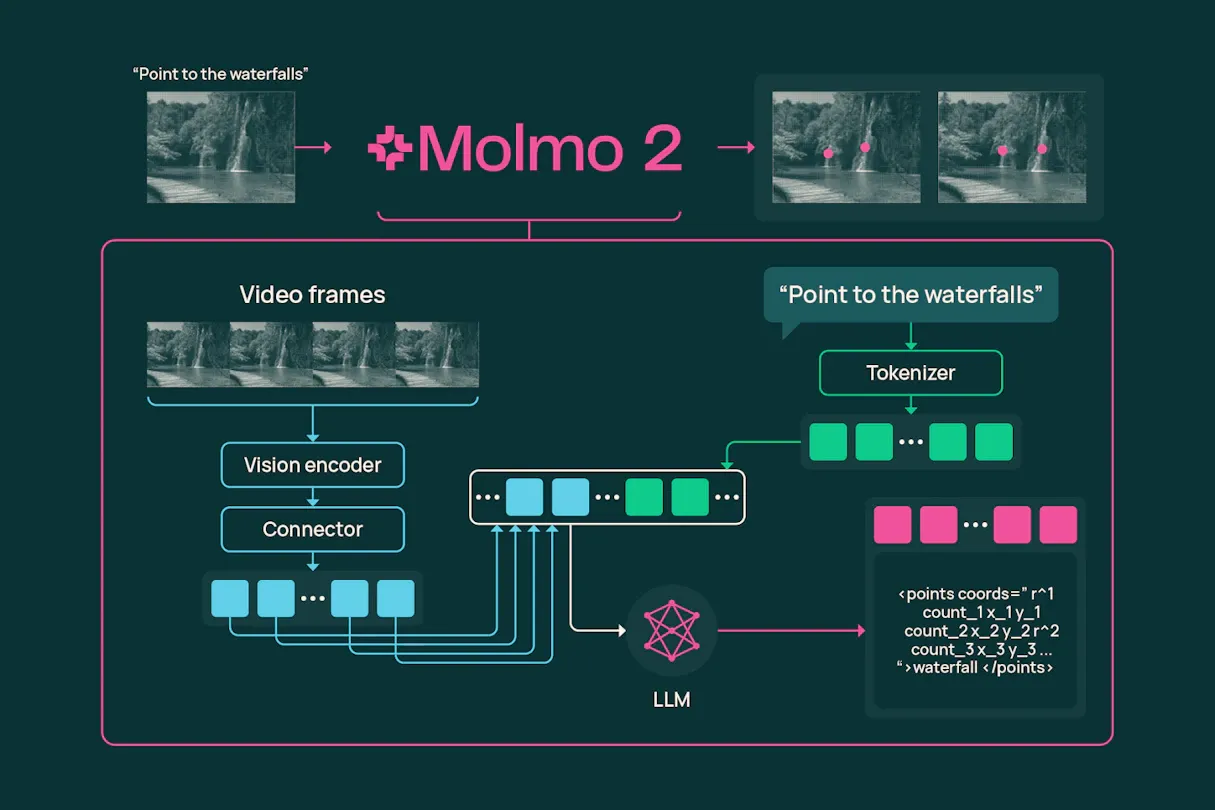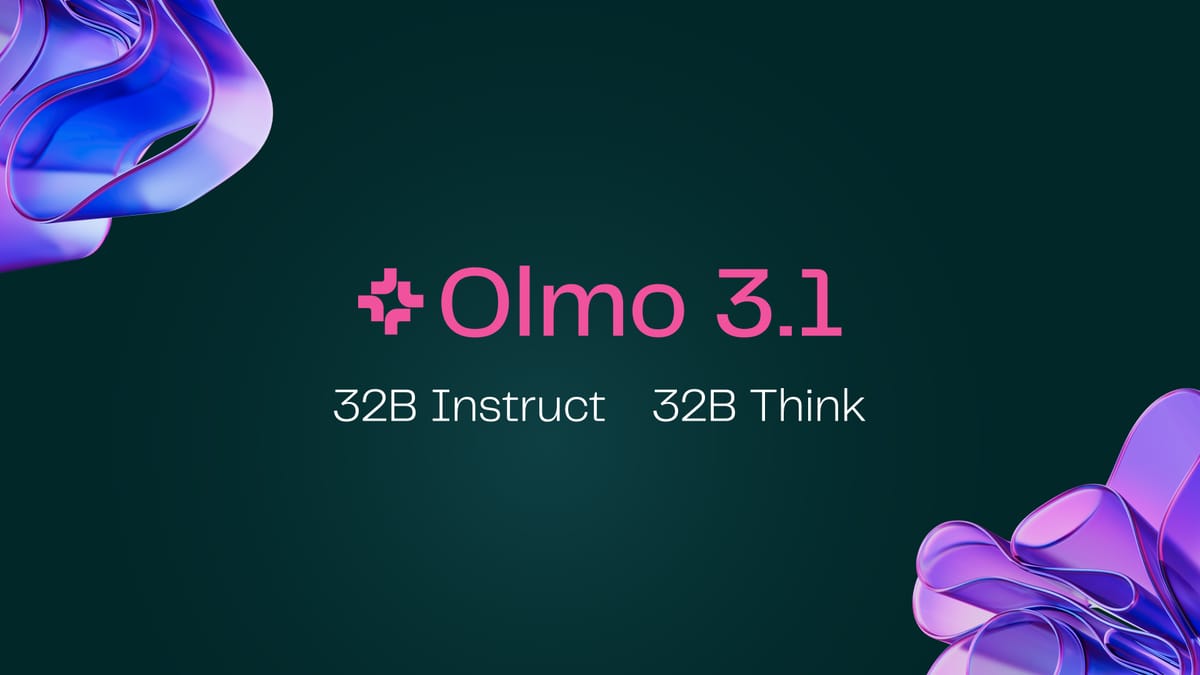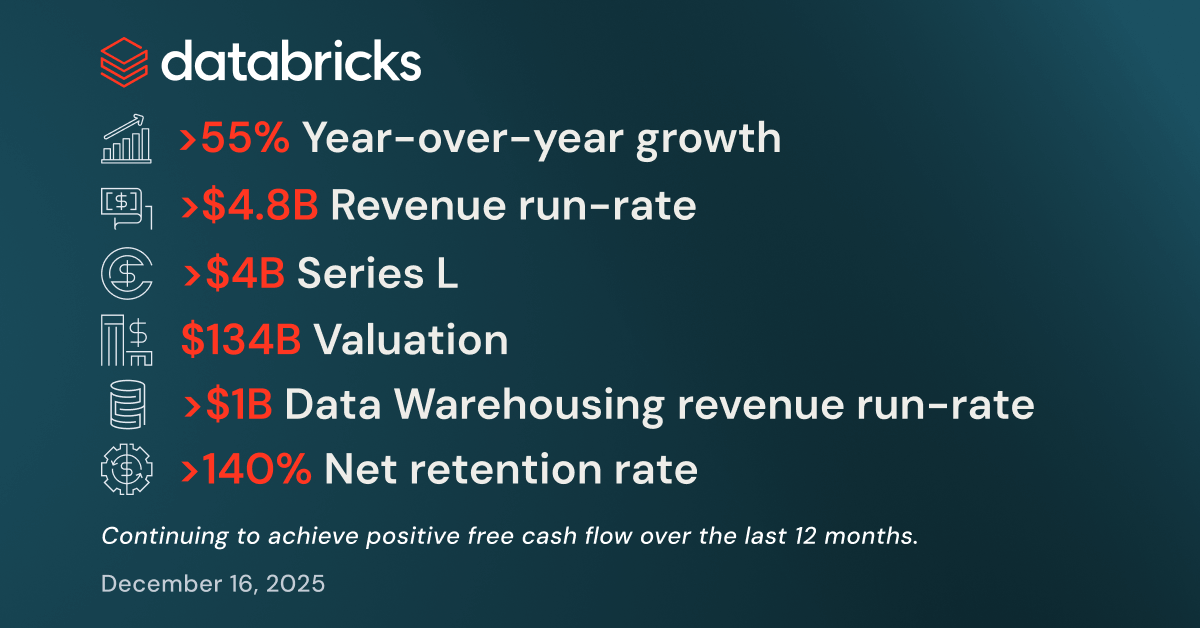Introduction
The use of robotics in education has moved beyond the realm of science fiction and into the dynamic reality of a time of fast technological growth. Robotics has become a potent tool for raising student involvement in the classroom and improving the educational process. The use of robots offers a possible answer as instructors look for novel methods to hold students' interest and promote deeper comprehension. This article discusses the development of robots in education, as well as its many advantages, uses in the classroom, and inspirational success stories. Join us as we explore the fascinating world of robotics, where engagement and education smoothly combine.
The Evolution of Robotics in Education
Robotics in education has seen a remarkable transition from its early, unassuming origins to its current popularity. Early efforts used straightforward robotic devices to educate pupils to fundamental programming ideas. As technology developed, complex robot kits allowed for hands-on experimentation and the development of problem-solving abilities. Today, robotics is more than just a gizmo and is integrated into many different topic areas' curriculum. The continuous search of immersive, interactive learning experiences has fueled this progress. Robotics' journey in education reflects its development as a revolutionary force, transforming classrooms into dynamic centres of discovery and participation from early steps to sophisticated integration.
Benefits of Robotics in Education
Numerous advantages that improve both the learning process and outcomes are brought about by the incorporation of robots in education. These benefits go beyond the confines of the conventional classroom, influencing a new paradigm in education:
- Enhanced Engagement and Active Learning: With engaging, hands-on learning opportunities, robotics captivates students and promotes active engagement and in-depth comprehension. Practical activities like designing, creating, and programming robots excite interest and make learning fun.
- Fostering Critical Thinking and Problem-Solving: Students' ability to think critically and creatively is tested through robotics. They are motivated to examine, iterate, and change their techniques while designing solutions for actual situations; this helps them develop priceless problem-solving abilities.
- Bridging STEAM Education: Robotics promotes the development of all skills by smoothly integrating science, technology, engineering, the arts, and mathematics (STEAM). This multidisciplinary approach develops a broad range of skills necessary for contemporary professions.
- Encouraging Collaborative Learning: Teamwork and communication are fostered via collaborative robot construction projects and contests. In order to prepare for collaborative work contexts, students learn to communicate ideas, bargain for solutions, and work together to accomplish goals.
- Adapting to Individual Learning Styles: Robot-assisted training offers tailored learning routes by adjusting to students' learning styles and speed. Each learner will receive unique assistance and challenges thanks to this personalized approach.
- Practical Application of Coding Skills: Learning coding and programming in the context of robotics is practical. Writing code to control robot behavior helps students learn algorithmic thinking as they translate abstract ideas into practical actions.
- Preparation for Future Careers: Robotics exposure fosters abilities that are in great demand in the labor market, such as technology literacy, flexibility, and creative thinking. Students receive knowledge about developing industries like automation and artificial intelligence.
- Inclusivity and Accessibility: Robotics facilitates many learning styles, broadening access to education. It offers a non-judgmental setting where students with different skill levels may experiment, grow, and succeed.
- Inspiring Curiosity and Lifelong Learning: Robotics piques children's interest in technology and its possibilities, encouraging them to seek STEM jobs and cultivating a lifetime love of learning and discovery.
- Connecting with Real-World Contexts: Robotics projects frequently reflect real-world difficulties, bridging academic learning with real-world applications. By bridging the gap between theory and practice, this relationship increases the relevance and significance of learning.
By using robots as a teaching tool, educators and students can create immersive, transforming learning experiences that provide the future generation the skills they need to succeed in a world that is always changing.
Practical Applications of Robotics in the Classroom
Through the practical use of robotics, the classroom is transformed into a dynamic space for exploration. Students become involved in coding and programming, creating algorithms to move robots and overcoming practical problems. Robotics contests and team projects promote innovation and collaboration while increasing problem-solving abilities. Personalized growth is promoted through adaptive learning, which adapts education to student success. These programs engage students in practical exercises that help them understand abstract ideas and get ready for a world driven by technology. Students learn abilities that go well beyond what is typically taught in the classroom thanks to robotics, which turns the classroom into a hive of exploration and invention.
Overcoming Challenges and Considerations
While the use of robotics in education has great promise, there are a number of difficulties that must be overcome. All students, regardless of socioeconomic circumstances, may benefit from robotic learning by ensuring access and fairness. To equip educators to successfully integrate robots into curriculum, thorough teacher training and continued professional development are essential. Care must be taken to balance ethical issues like data privacy and AI ethics. Robotics may continue to be a potent teaching tool that prepares kids for a technologically sophisticated society while fostering inclusiveness, responsible use, and informed decision-making by balancing these difficulties with the advantages.
Case Studies: Success Stories in Robotic Education
Robotic Assessment at University of Hertfordshire, UK (2016):
In 2016, the University of Hertfordshire in the UK announced an inventive use of robots in teaching. The university unveiled "Baxter," a cutting-edge robot, and used its skills to transform the evaluation of student assignments. With the help of Baxter's programming, it was able to assess programming projects for a computer science course and provide illuminating comments to improve the understanding and engagement of the students.
Interactive Learning with 'Mitra' at Amity International School, India:
With the launch of "Mitra," Amity International School in Noida, India, began a trailblazing path in education. As an interactive link between teachers and students, this humanoid robot actively engages pupils. Mitra, which is created to respond to inquiries and deliver information, improves the educational process by raising student participation and promoting lively dialogues.
AI-Powered Educator at Indus International School, Bangalore (2022):
By announcing an AI-powered teacher in 2022, the Indus International School in Bangalore created history and made a significant step toward the incorporation of AI. This ground-breaking robot teacher, who is 5 feet 7 inches tall, is an expert at teaching physics, math, and chemistry. It transforms the landscape of traditional education as a trailblazing robotic instructor and personifies the next era of technology-driven learning.
Robotics Training at Woxsen University's AI Research Centre, Hyderabad, India:
The AI Research Centre at Woxsen University is a centre for innovation where prospective engineers may learn useful robotics abilities. Students work on projects like Industrial Arm Robots and Navibot here, fully immersing themselves in the world of robotics. The AI Research Centre enables students to develop and build useful robots via hands-on instruction, influencing the direction of robotics and technology.
Looking Ahead: Future Trends in Robotic Education
The potential for robotic education's future are tremendous. AI and machine learning integration provides tailored, flexible learning opportunities that adjust training to student requirements. Students will be immersed in interactive, simulated worlds thanks to virtual and augmented reality, which will increase engagement and comprehension. Innovative curriculum will be driven by partnerships between educators, researchers, and business professionals, preparing students for changing employment markets. As robots develop, educators must take advantage of these trends to make sure technology fosters critical thinking, enriches learning, and gives kids the skills they need to survive in a constantly changing technological environment.
Conclusion
In summary, the adoption of robotics in education signals a seismic shift in how we educate people. Robotics improves student engagement and skill development via practical application, problem-solving, and interdisciplinary inquiry. Although issues like equality and ethical concerns demand close monitoring, there is much promise for inclusive, dynamic education. The chance to embrace this technological transformation must be seized by educators, policymakers, and stakeholders as robots leads the way for individualized learning, collaborative creativity, and future-ready skills. Robotics in education moves us closer to a better, more technologically advanced future by raising a generation able to navigate the challenges of the future.
References:
- https://issuu.com/uniofherts/docs/headlines_2015
- https://india.postsen.com/sports/865732.html#:~:text=Bangalore%3A%20Indus%20International%20School%2C%20Bangalore,the%20rounds%20on%20social%20media
- https://www.linkedin.com/posts/drhemachandrank_woxseninnovation-futuretech-aiinnovation-activity-7094352550266609664-GeVY
- https://www.linkedin.com/feed/update/urn:li:activity:7087741523366187008





Comments